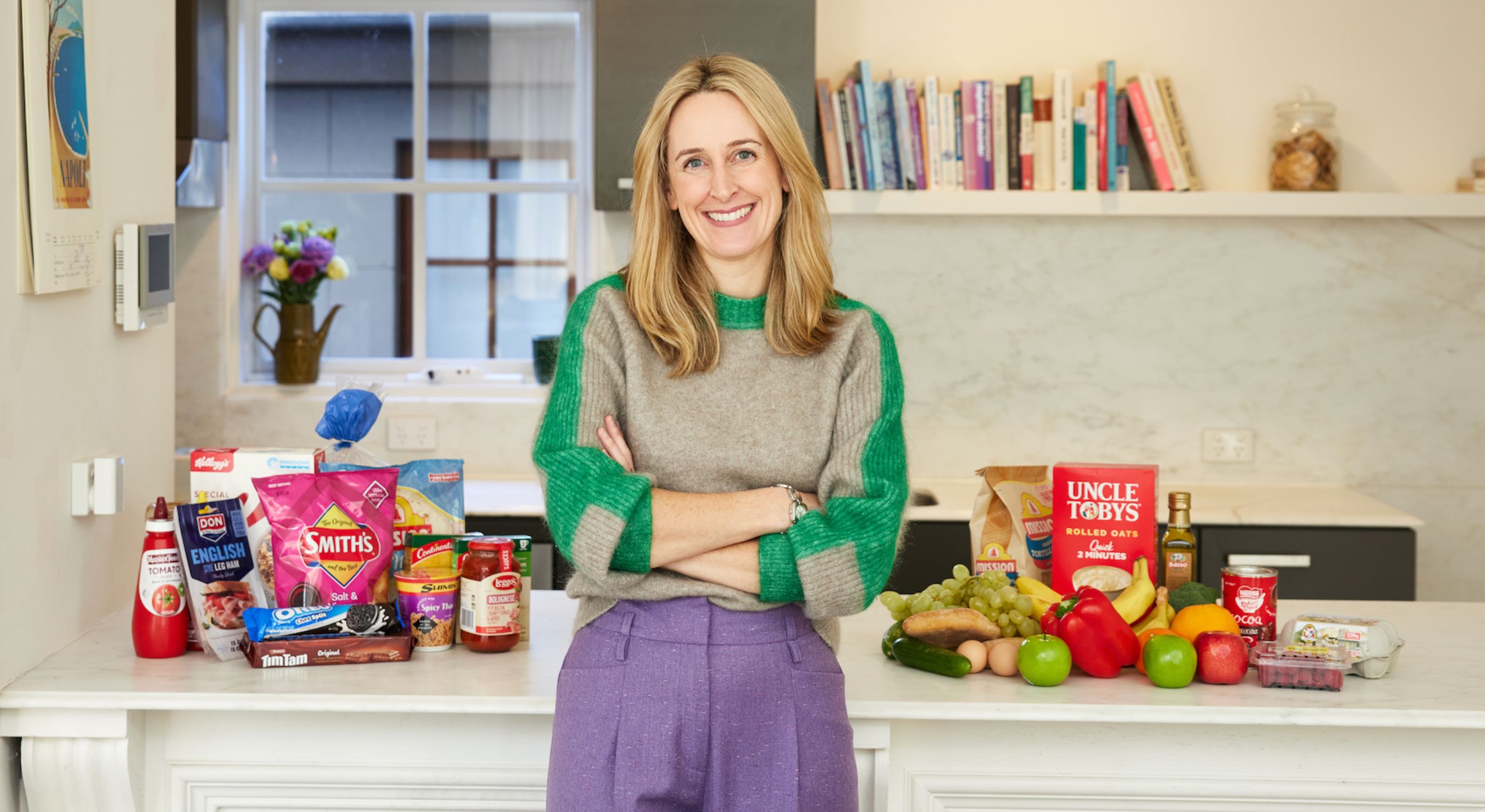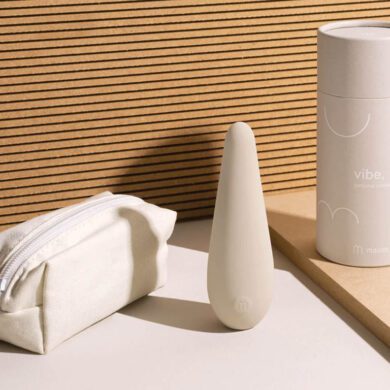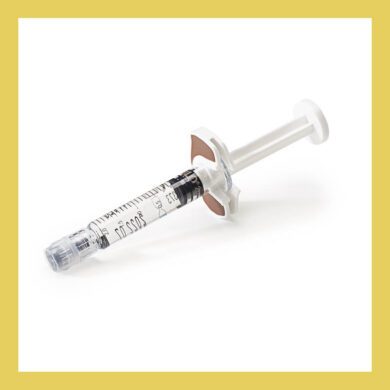As a committed coffee drinker with a full set of sweet teeth, I’ve always been clear-eyed about the deficiencies in my diet. But it was only when I started keeping a food diary a couple of weeks ago that I realised quite how much rubbish I consume.
One day, I ate salted caramel ice cream for lunch, like a child allowed to choose their own meal for the first time. On another occasion, I followed a healthy homemade chicken curry and rice with two decidedly less healthy chocolate cookies and half a bar of chocolate (Lindt, though; I do have standards). The children ate some fruit and vegetables – mainly orange – and an impressive variety of chips.
The reason for this sudden dietary scrutiny? The release of a new book, Ultra-Processed People, which has sparked a flurry of media attention and forced me to confront the long-term impact of the food choices I make – especially those involving so-called ultra-processed foods (UPFs).

That’s the term that the book’s author Dr Chris van Tulleken uses to describe food that has been modified and reassembled – along with additives such as salt, sweetener, colouring or flavour – to make it taste better and last longer. Van Tulleken warns that these UPFs are increasingly widespread, startlingly addictive – and causing significant damage to our health.
“Since 2020, more and more evidence has accrued suggesting that UPF is very probably the primary cause of not only the rapid global rise in obesity, but potentially of all sorts of other health problems as well,” writes van Tulleken, citing cardiovascular problems, dementia and heart disease among the conditions linked to UPFs.

So, what exactly is an UPF? Van Tulleken defines it as this: if it’s wrapped in plastic and has at least one ingredient you wouldn’t find in your kitchen at home, it’s probably UPF.
So, that’s all the standard junk food my kids love – nuggets, fish fingers, crisps. But it can also include some other, less easily identifiable foodstuffs, like the salted caramel ice cream I substituted for lunch. One of the most common ingredients in shop-bought ice cream is xanthan gum, which is derived from the slime (bacterial exudate) that bacteria produce to allow them to cling to surfaces. Mmm, delicious.
Bread bought from a supermarket is UPF; so, too, are many low-fat yoghurts, pasta sauces and muesli bars, margarines and spreads, dips, meat substitutes and more. In fact, it’s estimated that one in five people gets at least 80 per cent of their calories from UPF. In the population as a whole, the average figure is 60 per cent.

It’s realisations like this that have prompted me to keep a food journal for a week to find out just how much UPF I consume. I then reached out to Sydney clinical nutritionist and naturopath Tabitha McIntosh, who had some straightforward comments in response to my journal of shame.
“Obviously, if you’re time-poor, it’s so much more convenient to pull out a box of cereal and add milk at breakfast,” she says, gently, of my family’s Nutri-Grain addiction. “It’s quick, convenient and the marketing is very enticing.” But all these ultra-processed foods can have an ultra-damaging effect on our health.
“The less food we pull from a packet, the better,” McIntosh continues. “These foods tend to be very low in fibre and contain few of the nutrients we need to nourish our microbiome, and help us with our mood, mental focus and immunity. We need to eat more like our grandparents used to eat.”

My Irish maternal grandparents grew vegetables in their back garden, which was undoubtedly nutritious but also, inevitably, time-consuming. The advantage of UPFs is that they’re easily available, quick and cheap – just compare the price of a jar of Barilla pesto ($4.50 at Woolworths) with the cost of fresh parmesan, garlic, a bunch of basil, lemon and pine nuts ($19.30 at Woolworths).
UPFs can also be produced on an industrial scale, using preservatives and emulsifiers that can keep them on shelves for months. As van Tulleken says, once the purpose of food becomes making a profit, nutrition becomes less important – if it’s a consideration at all.
“If we lose our skill in the kitchen we become reliant on these industrial food systems and their processed foods,” McIntosh concurs, “and absolutely these are linked with adverse health outcomes.”

Van Tulleken cites many studies to back this up, including one that showed my ice cream’s xanthan gum – “which is one we constantly consume” and is also found in soups, toothpaste and lots of gluten-free products – is food for a new bacterial species found recently in our gut. It’s completely absent from populations that don’t have it (basically, remote groups of hunter-gatherers). If you have this species of bacteria, you may also have another new species that eats its by-products. Scientists aren’t sure of the effects of this new food chain that’s living in our bowels, but other gums and emulsifiers have been linked to chronic inflammation and auto-immune diseases.
Duly chastened, I decide to reduce the number of UPFs in our diet, which proves harder than expected, as others have also found. For dinner on the first day, I produce a homemade pesto dish with soba noodles, feta cheese, rocket and cherry tomatoes. I find it delicious, but I am hungry. The older children attack their plates valiantly; the youngest refuses point blank to try it as he doesn’t like tomatoes, or leaves, green pasta or bumpy cheese. He eats some bread from the bakery, which I count as a qualified success.

The following days are equally mixed. I buy rolled oats to make porridge, but run out of time and give the children Weetbix. We switch from shop-bought to solely homemade cookies and I make an effort to include a wider range of colourful vegetables in our diet. “You can try to involve the children in the shopping and challenge them to include a ‘rainbow’ in their lunchboxes,” says McIntosh. “If you do have pizza or a pie, just include some veggies on the side.”
After a few days of increasing my vegetable intake and avoiding lollies, I do feel brighter – a finding confirmed when I cave in and eat a bag of crisps, and feel dry and lethargic all afternoon. I’m definitely going to continue to try to reduce our UPFs, although I doubt I can eliminate them entirely.
Ice cream, though, is permanently off the menu.













No Comments